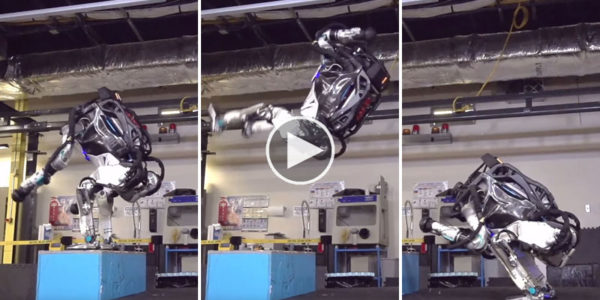Sangbae Kim has written a thought-provoking piece at IEEE Spectrum on the cognitive biases we bring to our understanding of artificial intelligence. One example is the way we get impressed when we see a robot dancing or doing backflips.
Kim points out that when we see a human being doing a backflip, we know that it’s a challenging move. We might be aware that we can’t do that ourselves. We can safely assume that the human can also walk, run, climb stairs, and maybe even dance.
But a dancing robot has been programmed to make movements that look like dancing under a narrow set of circumstances. It can’t dance to a different piece of music or in a different space. That is, it can’t really dance any more than it could really talk. Not only can it not actually dance, it probably can’t walk or run or climb stairs, either.
We supply a back story for the robot. We do this automatically in our minds when we see the robot in action.Our judgements about the robot’s capacity depend on our understanding of how difficult tasks are for human beings.
Easy when you know how
This is why we sometimes have trouble getting the fact that robots can make paper cups but they can’t fold laundry.
Robots can only do what they’re programmed to do. They don’t have knowledge and experience about the world that they can build onto to expand their accomplishments.
A dancing robot, or one that can do a backflip, gives us a false impression. It’s a marketing ploy. It uses things about the way we as humans think to give us a false impression.
We should be impressed by the skill of the human who programmed the robot, not by the robot.
Real world robots
The robots you work with in your facility are real world robots programmed to do real-world jobs. If you use Indramat Rexroth motion control systems, we can help with any service and support needs you may have. Call us for immediate assistance.
